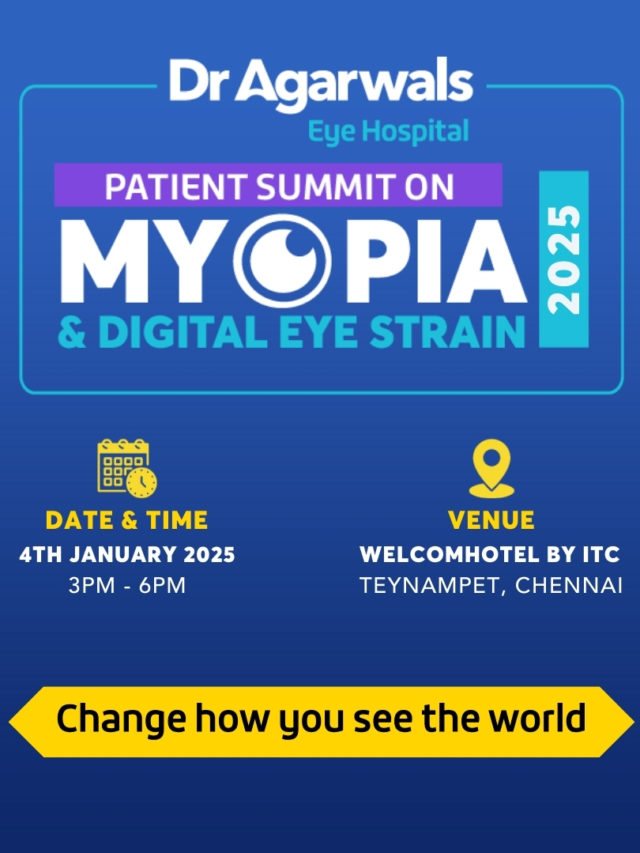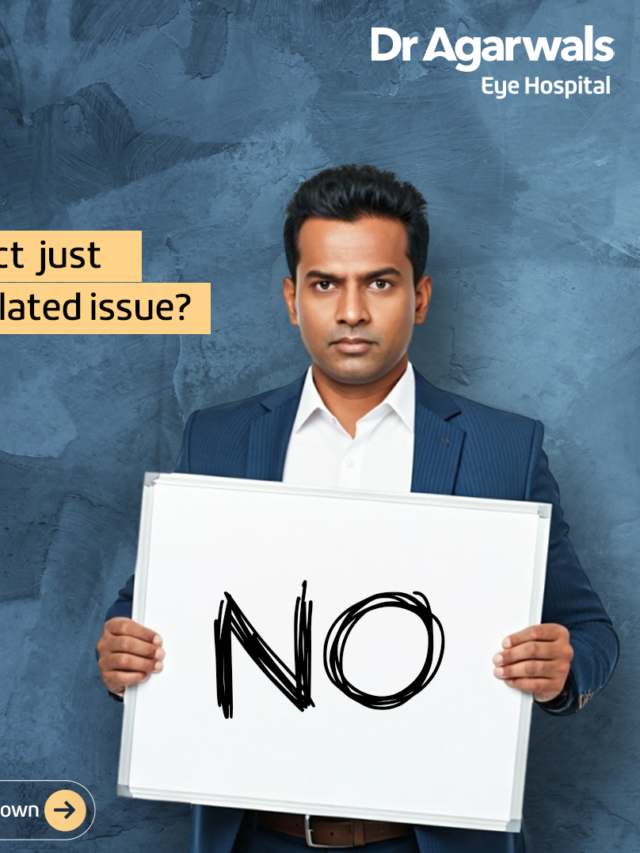Bifocal lenses offer a practical solution for people who struggle with both near and distance vision. These specialised lenses combine two prescriptions into a single pair of glasses, typically helping individuals with presbyopia.
In this condition, the eyes gradually lose the ability to focus on nearby objects. By integrating distinct vision zones in a single lens, bifocal lens glasses eliminate the need to switch between multiple spectacles.
In this guide, we explain what a bifocal lens is, how it works, the types available, and who should consider using them. We also compare contact lenses vs glasses to help you decide which is better for you.
How Bifocal Lenses Work
A bifocal lens has two distinct optical segments: the upper portion corrects distance vision, while the lower segment assists with close-up tasks like reading or sewing. This segmented design allows the eye to shift focus by simply changing the line of sight.
Most bifocal lens types have a visible line dividing the zones, making them easy to identify. The sharp visual shift may take a little time to adjust to, but it effectively manages two focal points in one lens.
What are Bifocal Lenses Used for?
A bifocal lens is used for correcting presbyopia, often alongside existing refractive errors such as myopia or hyperopia. These lenses provide clear vision at multiple distances and are helpful for reading, driving, using a computer, and more.
Whether working in an office or engaging in everyday activities, a bifocal lens used for improving visual efficiency is a valuable option for those needing both distance and near correction. In short, a bifocal lens used for the correction of presbyopia provides clarity at varying distances in a single frame.
Types of Bifocal Lenses
Flat-top (D-segment)
The flat-top bifocal lens, also called the D-segment, features a D-shaped area at the bottom for near vision.
This type is one of the most widely prescribed due to its wide reading area and clear separation between the two vision zones. It is a go-to design for users needing regular transitions between distant and close-up views.
Round segment
In the round segment bifocal lens, the near vision area is circular and typically positioned lower in the lens. This style may be cosmetically appealing because the segment is less noticeable, but it offers a smaller reading field. It is suited for light reading rather than prolonged close-up tasks.
Executive (E-style)
The executive bifocal lens, also known as the E-style, features a full-width segment that spans across the bottom half of the lens. It provides a broader near vision area, useful for extensive reading or paperwork. However, the bold segment line and additional weight may not be suitable for all users.
C-segment
The C-segment bifocal lens has a crescent-shaped reading area and provides a gentle transition between distance and near vision. Although not as commonly prescribed today, it may still be recommended for individuals who prefer a subtle visual shift or who need minimal near correction.
Ribbon segment
Ribbon segment bifocal lenses include a narrow, horizontal near-vision segment that helps with tasks like viewing instrument panels or doing close-up desk work. These lenses are less common but offer functional value for specific occupational needs, especially in industrial or aviation roles.
Pros and Cons of Bifocal Lenses
The biggest benefit of bifocal lens glasses is the convenience of addressing both near and distance vision without changing spectacles. They are also cost-effective and easy to fit.
However, some users may find the visual transition between segments disorienting at first. The visible dividing line is another aesthetic drawback for those seeking a seamless appearance.
Understanding Bifocal vs. Progressive Lenses
The distinction between a bifocal lens and a progressive bifocal lens is important.
While bifocal lenses have a clear-cut segment with a visible line, progressive lenses provide a smooth gradient of increasing power, offering a more natural visual transition. Progressive lenses are often preferred for cosmetic reasons, although they may take longer to adjust to.
Who Should Choose Bifocals?
Individuals who need correction for both near and distance vision, particularly those with presbyopia, benefit from bifocal lenses. They are also ideal for people who find progressive lenses hard to adapt to or prefer a more affordable solution. An optometrist can recommend the best fit depending on visual needs, lifestyle, and comfort.
Conclusion
To summarise, bifocal lenses are a practical and effective solution for people requiring dual vision correction. Whether using flat-top, round, or executive designs, there’s a type to suit most preferences and needs.
By understanding the bifocal lens‘s meaning, users can make informed decisions about their eyewear. Speak to your eye care provider to learn more about how a bifocal lens can enhance your visual experience.









